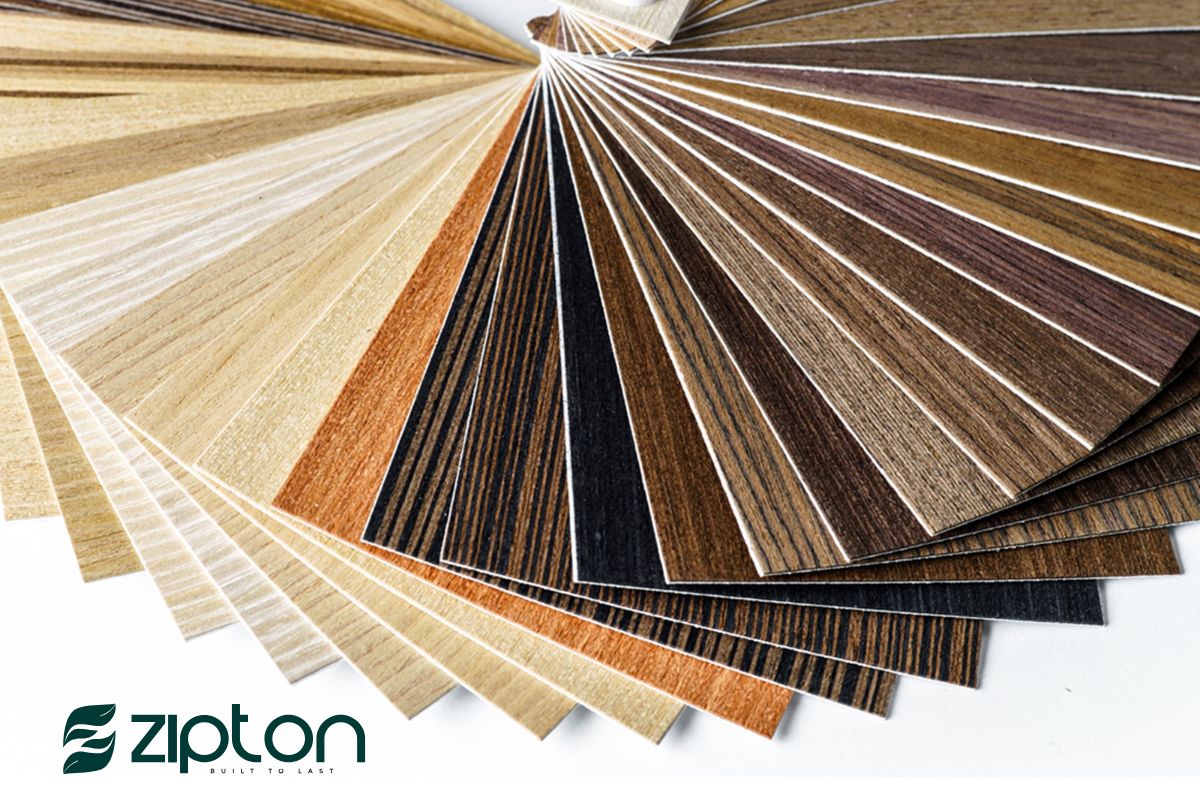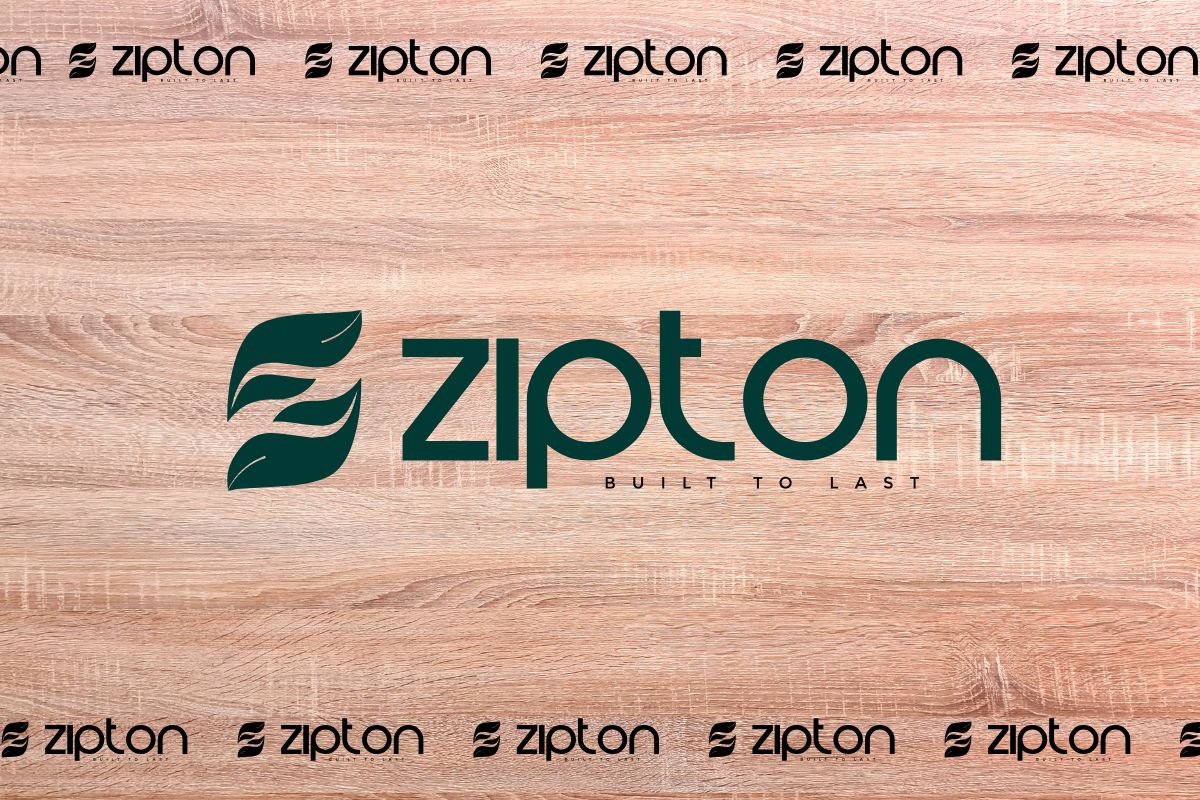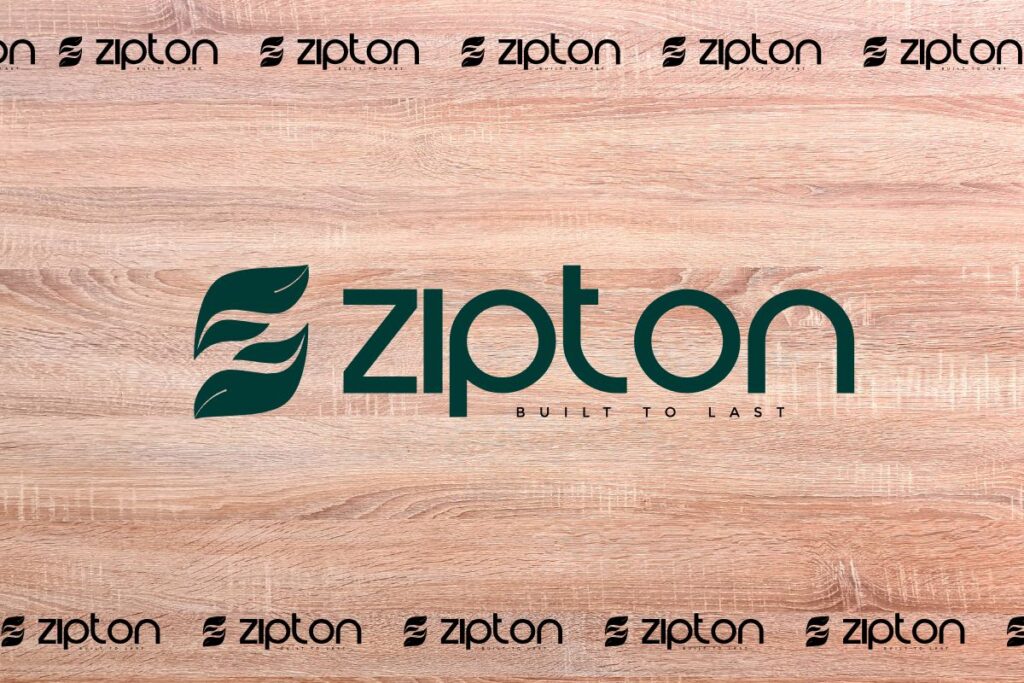Plywood door design offers a wide range of options, from modern to traditional, and can be customized to suit various architectural styles. In this article, we will explore the benefits of plywood doors, design options, and tips for selecting the perfect plywood door for your home or building project.
Benefits of Plywood Doors
Plywood doors offer several benefits that make them a popular choice:
- Durability: Plywood doors are made from engineered wood, which is more durable than solid wood.
- Affordability: Plywood doors are generally less expensive than solid wood doors.
- Versatility: Plywood doors can be designed to suit various architectural styles, from modern to traditional.
- Low Maintenance: Plywood doors require minimal maintenance, as they are resistant to warping and cracking.
- Eco-Friendly: Plywood doors are made from sustainable wood sources, making them an eco-friendly choice.
Plywood Door Design Options
Plywood door design offers a wide range of options, including:
- Flush Doors: Flush doors have a flat surface and are ideal for modern and contemporary designs.
- Panel Doors: Panel doors feature raised or recessed panels and are suitable for traditional and classic designs.
- Glazed Doors: Glazed doors feature glass panels and are ideal for modern and minimalist designs.
- Solid Core Doors: Solid core doors feature a solid core made from plywood or MDF and are suitable for heavy-duty applications.
- Hollow Core Doors: Hollow core doors feature a hollow core made from plywood or MDF and are suitable for lightweight applications.
Design Tips for Plywood Doors
Here are some design tips to consider when selecting a plywood door:
- Consider the Architectural Style: Choose a door design that complements the architectural style of your home or building.
- Think About the Function: Consider the function of the door and choose a design that suits its purpose.
- Select the Right Material: Choose a plywood material that suits your budget and design requirements.
- Add a Finish: Add a finish, such as paint or stain, to enhance the appearance of the door.
- Consider the Hardware: Choose hardware that complements the door design and function.
Types of Plywood Used for Doors
Here are some common types of plywood used for doors:
- BWP Plywood: BWP plywood is a type of plywood that is resistant to boiling water and is ideal for exterior door applications.
- MR Plywood: MR plywood is a type of plywood that is resistant to moisture and is ideal for interior door applications.
- Shuttering Plywood: Shuttering plywood is a type of plywood that is used for concrete shuttering and is ideal for heavy-duty door applications.

Conclusion
In conclusion, plywood door design offers a wide range of options, from modern to traditional, and can be customized to suit various architectural styles. Plywood doors are durable, affordable, and versatile, making them a popular choice for homeowners and builders. By considering the benefits, design options, and design tips outlined in this article, you can select the perfect plywood door for your home or building project.







